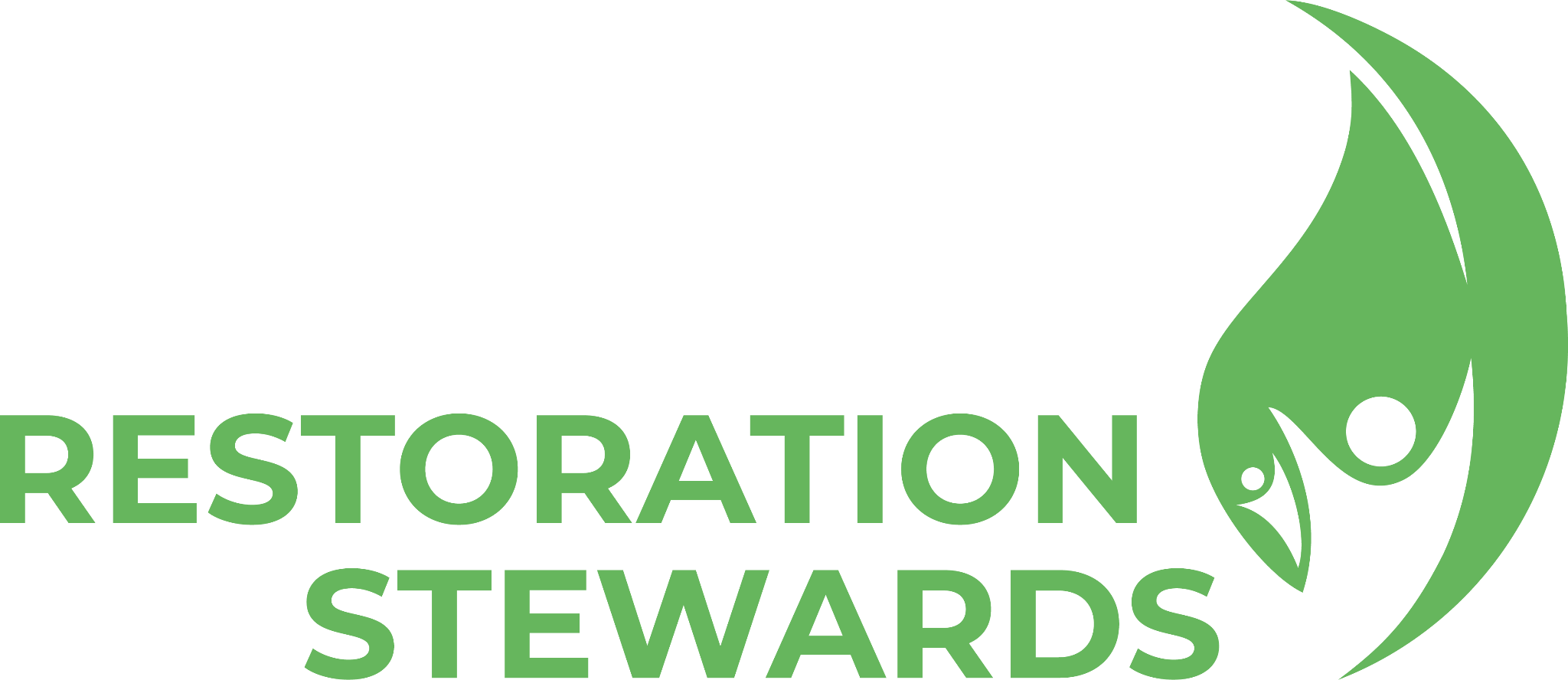Initial assessment of abandoned fishponds for mangrove restoration
First step for a wetland restoration project is to discuss with local government units (LGU) especially the Department of Environment and Natural Resources (DENR) and the Bureau of Fisheries and Agriculture (BFAR) as well as the local communities and village leaders about the project of converting abandoned, underutilized and unproductive fishponds (AUU) to mangrove forest. Oftentimes, it’s not being acknowledge and it takes a long process to convert them.
For my next blog, I will take you through what is AUU fishpond and why is it such a big issue here in the Philippines. And what are the steps to bring the stakeholders to say YES to convert them to mangrove forest!
0
0
votes
Article Rating
Subscribe
Connect with
I allow to create an account
When you login first time using a Social Login button, we collect your account public profile information shared by Social Login provider, based on your privacy settings. We also get your email address to automatically create an account for you in our website. Once your account is created, you'll be logged-in to this account.
DisagreeAgree
I allow to create an account
When you login first time using a Social Login button, we collect your account public profile information shared by Social Login provider, based on your privacy settings. We also get your email address to automatically create an account for you in our website. Once your account is created, you'll be logged-in to this account.
DisagreeAgree
0 Comments
Oldest
Newest
Most Voted
Inline Feedbacks
View all comments










